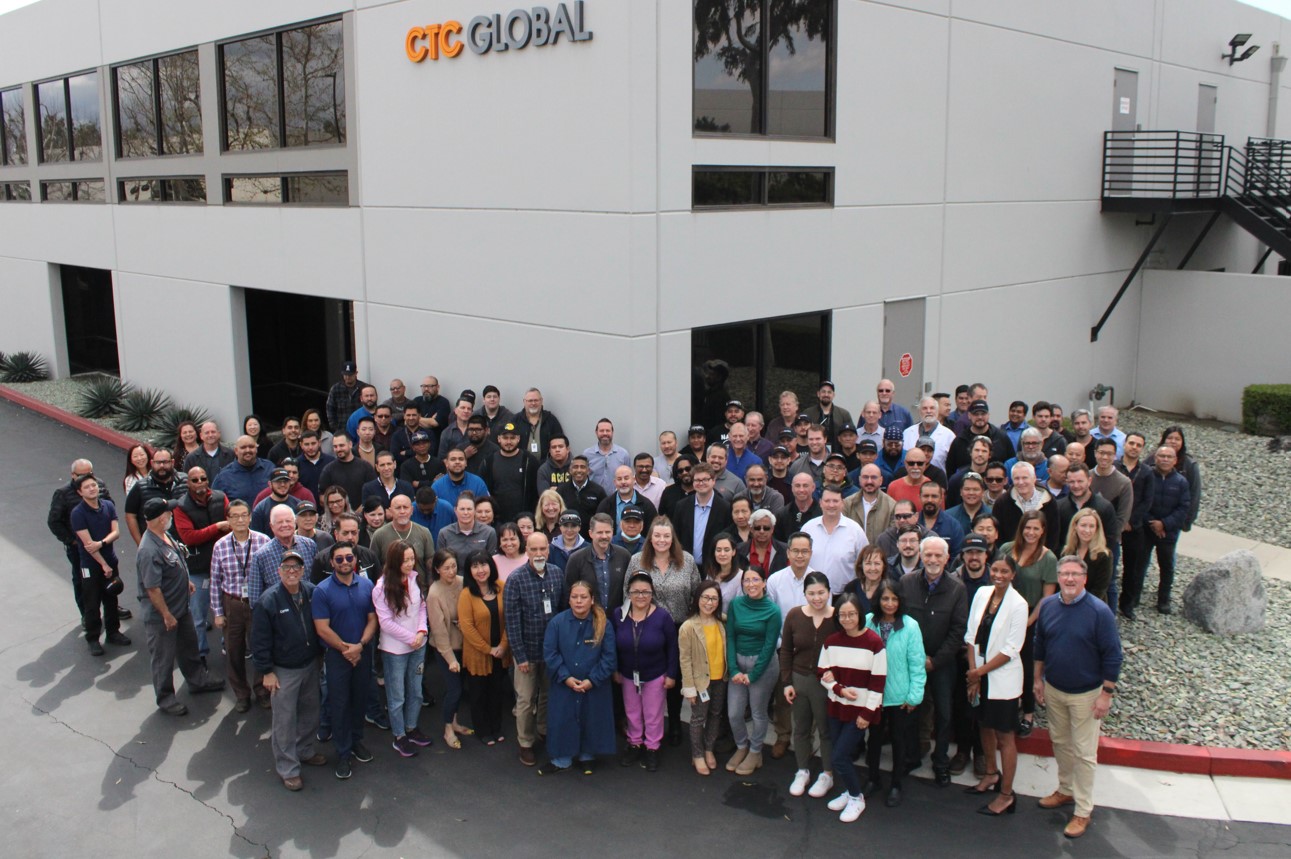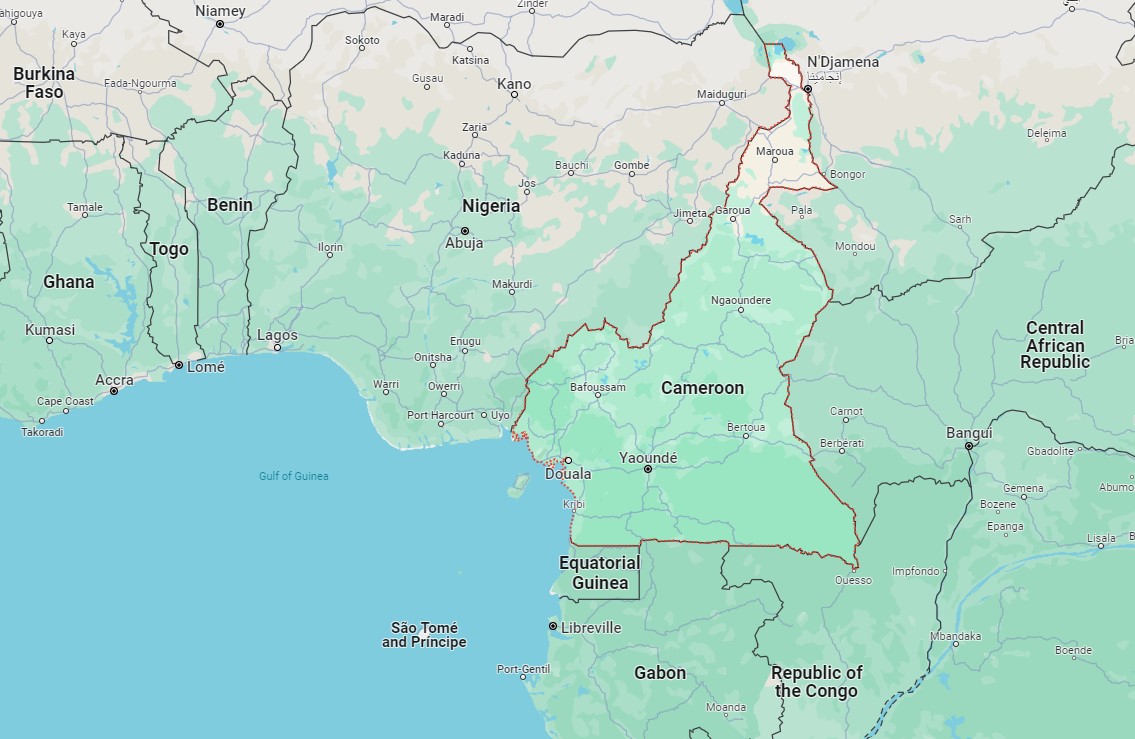Background:
Panama represents one of the fastest growing economies in Latin America and demand for electricity continues to grow at six to eight percent per year, outpacing the growth of energy supply. At the end of 2015, generation capacity in Panama was 3,235 MegaWatts. This consisted roughly of 53 percent hydro, 37 percent thermal and 10 percent wind and solar.
Between 2011 and 2013 Panama’s National Assembly enacted three statutes that set forth tax and other incentives for wind-based, natural gas-based and solar-based power generation facilities, as there will no longer be any further investment in reservoir-based hydroelectric power (with one final exception), due to environmental concerns, periodic drought conditions and other supply related factors.
While private sector investment in wind and solar generation projects continues, growth in electricity supply has been substantially constrained by capacity limitations in transmission lines. The existing lines do not allow the transfer of the energy generated in the western part of the country, near the Costa Rican border, to the eastern part of the country, where Panama City is located.
As a member of the Central American Regional Electric Market (MER), which became operational in 2013 to help Central American countries exchange power in an effort to reduce consumer costs and improve reliability, it is expected that Panama’s transmission line capacity will become further constrained and congested if not addressed sooner. It is also estimated that demand for electricity will double in the region within the next 15 years.
Strategy:
Currently, transmission services in Panama (115 kV and higher) are provided solely by the state-owned company Empresa de Transmisión Eléctrica, SA (ETESA) which was founded in 1998.
Because of the magnitude of the challenge, limited funding, and concerns about rasing consumer costs, ETESA’s Chief Executive Officer, Ivan Barria, developed a strategic plan which focuses on transmission line efficiency and not just capacity.
The Law 6 from 1998 establishes that ETESA will receive 13.7% return on new assets, and can retain any earnings gained when system losses drop below 4 percent. The added income is allowing ETESA to pursue international Bond Financing to expedite – and pay for – improvements across Panama’s electric power grid without burdening consumers.
By pursuing maximum efficiency ETESA is able to show actual revenue and predicted revenue that are sufficient to cover investment costs and provide good returns to bond holders. As of August, 2016, ETESA has secured $200 million with Corporación Andina de Fomento (CAF) and the help of the Bank of Nova Scotia and is actively working in the U.S. and European Bond Markets to secure the additional funding.
According to ETESA’s CEO, Ivan Barria, improvements in efficiency, capacity, reliability and resiliency will not only reduce consumer costs, it will also allow ETESA to deliver more power to their rapidly growing customer base. This will not only be reflected in lower electric bills, it will also help Panama’s society and economy grow and become more productive.
While more efficient technologies, such as the high-capacity, high-efficiency ACCC conductor ETESA is using to replace its existing AAAC, ACSR and ACSS wires, do come at a premium, line loss reductions of 30% or more quickly offset the higher-performing conductor’s higher initial cost. The use of new high-performance conductors also allows ETESA to use existing structures without modification, which serves to reduce overall project costs and construction timeframes.
To reduce capital costs further, ETESA generally orders products in bulk through multiyear contracts and uses tenders to ensure they receive competitive bids.
Leveraging very low cost financing via EXIM Bank, World Bank, and other export banks in Japan, Korea and elsewhere, also allow ETESA to establish one year payment terms with their vendors so they don’t have to actually pay for the products until the products are in service and generating revenue. These financing mechanisms also ensure that ETESA’s vendors get paid as their products are shipped without a year long wait.
While some electric providers purchase the least expensive commodity products for lowest initial project cost without taking life cycle cost into account, ETESA’s strategy dictates that they only purchase the most efficient products and technologies available which overall results in the lowest cost over the life of the project and greatest savings to the consumers.
Summary: ETESA’s strategy to ‘build the world’s most cost effective and efficient grid’ may seem a bit optimistic, but it may prove to be the best path forward for many utilities, policy makers, regulators and grid operators in many other parts of the world, especially when considering all of the second and third tier social benefits.
This article first appeared in LinkedIn Pulse on August 26, 2016
by Dave Bryant
Director Technology at CTC Global (ACCC Conductor)






